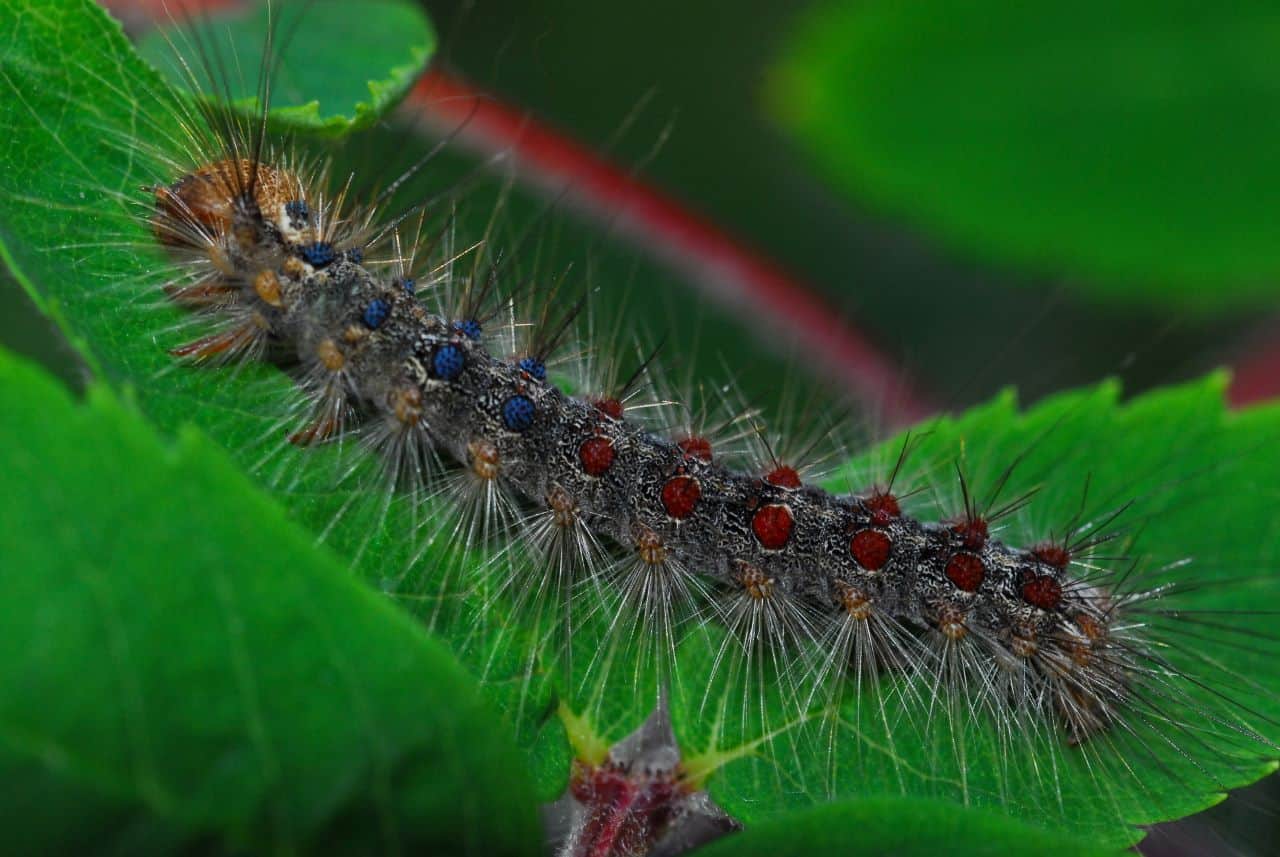Hamilton to conduct spray program to combat invasive moth species next month
Published April 13, 2022 at 10:30 am

The City of Hamilton plans to begin its aerial spray program to battle an invasive moth species next month.
In a press release issued Wednesday (April 13), the city said the program will target areas where ‘significant’ LDD Moth (previously called Gypsy Moths) populations have been found.
The aerial spray program treatment period is scheduled between May 15, 2022, and June 15, 2022.
Wooded properties and residential streets in East and West Hamiton, Ancaster, Dundas and Waterdown will be among the first places to have the organic biological insecticide applied to manage the infestation.
Additionally, the Royal Botanical Gardens (RBG) will be working with City of Hamilton staff to complete aerial spray applications on affected lands adjacent to the RBG Arboretum.
“The organic biological insecticide specifically targets LDD caterpillars and contains a naturally occurring bacterium that when ingested kills the caterpillar within one to two days,” the City said in the release.
“The product has minimal environmental impact and will have no health impact on humans, other types of insects, pets, other animals or bees.”
Forestry crews have determined the spray locations based on ‘egg mass surveys’ conducted throughout the municipality last Fall.
The surveys found that 47 per cent of plots exceed 2500 egg masses per hectare, which is one of the factors used to determine spray locations.
The exact dates and time for the aerial spray are weather dependent and the City will share up to date details 48 hours prior to each application on its website and via social media.
There is also an interactive map on the webpage to search spray locations by address.
Each treatment area will be sprayed twice, with the second application occurring seven to 10 days after the first application.
“The aerial spray program will reduce LDD Moth populations in Hamilton, but it will not eradicate the pest entirely,” the City said in the release.
“The City will continue public education efforts to inform residents about what they can do to limit infestations on their own property.”
LDD moth larvae or caterpillars feed on tree leaves and in some cases evergreen needles. If the larvae population is too high, they will defoliate entire tree canopies and forests in a short amount of time.
insauga's Editorial Standards and Policies advertising





